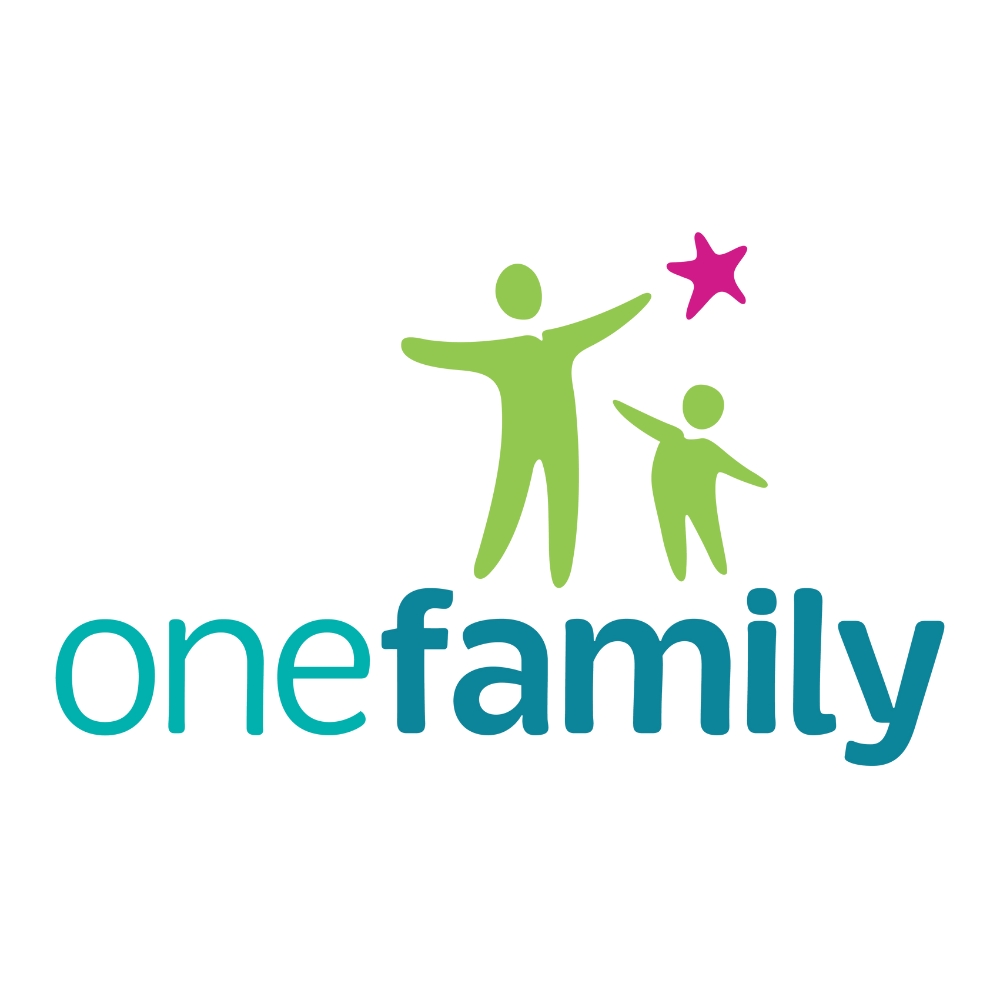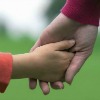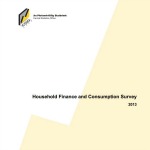Policy | Lone Parents Most Affected by Consistent Poverty, New ESRI Report Shows
One Family responds to a new ESRI report which was published today that forms part of the research programme for the Department of Employment Affairs and Social Protection: Poverty Transitions in Ireland: An Analysis of the Central Statistics Office (CSO) Longitudinal Survey on Income and Living Conditions (SILC), 2004-2015.
The report uses Irish SILC data from 2004-2015 to examine poverty and deprivation transitions among various social risk groups – groups experiencing an increased risk of poverty due to non-class personal or family factors. The social risk groups included in the analysis are lone parents, people with a disability, young adults, children, working-age adults, and older adults (ESRI, 2017).
Summary of key results:
- Lone parents emerge in all the analyses as the group most affected by poverty and deprivation, and the group with the highest risk of deprivation both at a point in time and cross-sectionally. The levels were significantly higher for never-married lone parents (63% for ‘any deprivation’) than for formerly married lone parents (45%).
- There was a significantly higher rate of both any deprivation (68% vs. 47%) and persistent deprivation (41% vs. 28%) for children of never-married lone parents than for those of formerly married lone parents. This is in keeping with expectations and findings from other research that formerly married lone parents tend to be a more advantaged group in terms of personal resources such as education (Nolan and Watson, 1999).
- The children of never married lone parents have significantly higher rates than the lone parents themselves, reflecting the higher deprivation rates in larger families of this type.
- The recession had a greater impact on vulnerable groups such as lone parents because of the barriers they face in labour market participation; their capacity to remain in employment is reduced. Lone parents also have a lower employment rate to begin with and austerity measures disproportionately affect them. Lone parents tend to be more reliant on public services, especially health and housing. Any reduction in services, including increases in waiting periods, disproportionately affects lone parents and is evident in the higher risk of deprivation and poverty.
- The rate of persistent deprivation was highest for lone parent and their children across this time, with working-age adults affected by disability (and any of their children) the next highest group.
Poverty is understood in terms of having a reduced access to material resources to the extent that the person cannot participate in generally valued activities or have an adequate standard of living. Income poverty and basic deprivation are the two core indicators of poverty in Ireland. Income poverty is a relative measure and involves living in a household with disposable income, after adjusting for household size and composition, below 60 per cent of the median.
Basic deprivation involves being unable to afford certain basic goods and services, such as adequate food, clothing, heating for the home and basic social participation, such as having an evening out or getting together for a meal or drink with family or friends. It is also a relative measure in that it seeks to capture people’s exclusion from access to the goods and services that people usually have in the society.
Implications for Policy
- It does not make sense to speak of ‘poor’ or ‘deprived’ people as if they are a static group. Instead, income poverty and deprivation are consequences of low market power or barriers to market access which must be addressed by policy.
- There is clearly a lag between the improvement in the economy based on indicators such as the employment rate, and improvements for those affected by poverty and deprivation. Part of this lag is undoubtedly due to factors such as the erosion of resources and accumulation of debt over the recession. It is also evident, however, that the rate of persistent deprivation is still very high for the most vulnerable groups (lone parent families and those affected by disability) in the recovery period up to 2015. This suggests a need for special supports for these groups to enable them to take advantage of the benefits of economic recovery.
- Lone parenthood and family size are very important in accounting for the higher deprivation rate of children than of adults. Policies that benefit these families will be most effective in narrowing the income poverty gap between children and adults.
One Family continues to emphasise the need to take affirmative action to alleviate the disproportionate levels of poverty and deprivation being experienced by lone parents. We again call on Government to carefully consider the recommendations contained in our Pre-Budget Submission and a number of other key reports published over the past 12 months including the Indecon Independent Review of the Amendments to the One-parent Family Payment since January 2012, the Joint Oireachtas Committee on Social Protection report in June on The Position of Lone Parents in Ireland; Maynooth University’s research on the barriers to education for lone parents published in August; and Lone Parents and Activation, What Works and Why: A Review of the International Evidence in the Irish Context, commissioned by the Department of Social Protection and conducted by Dr Michelle Millar and Dr Rosemary Crosse of the UNESCO Child & Family Research Centre in NUI Galway, published last September.
Our most vulnerable families should not have to wait for action any longer.
The ESRI report can be read/downloaded here.





